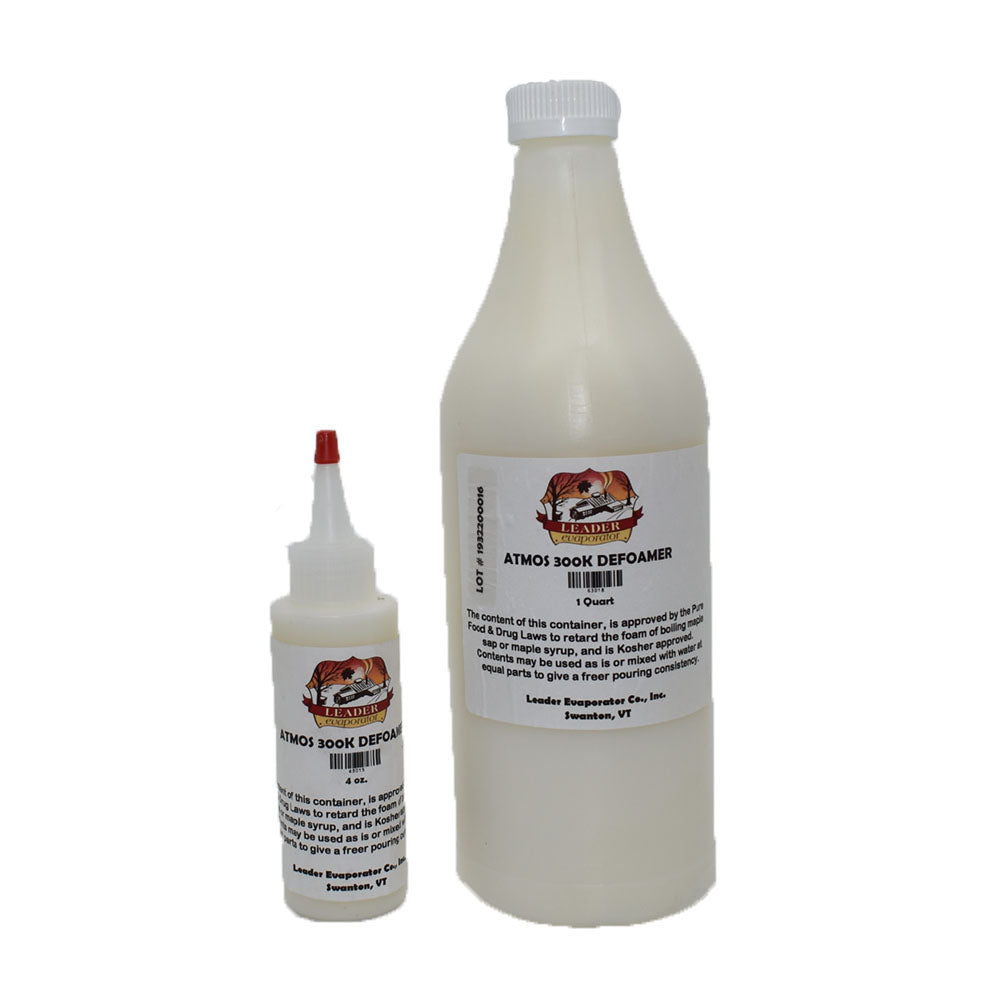The Importance of Defoamers in Industrial Processes and Applications
The Importance of Defoamers in Industrial Processes and Applications
Blog Article
The Function of Defoamers in Enhancing Item Top Quality and Efficiency
Defoamers serve as essential additives that alleviate this problem, making sure smoother manufacturing operations while improving the useful and aesthetic characteristics of the final products. The choice of the ideal defoamer can be crucial to accomplishing optimum results, elevating essential inquiries concerning solution compatibility and performance metrics that merit further exploration.
Recognizing Defoamers
Comprehending the duty of defoamers is necessary for maintaining product high quality across different markets. Defoamers are chemical ingredients created to minimize and protect against the development of foam in liquid systems, which can detrimentally affect processes such as mixing, filling, and surface area tension. Frothing can lead to inadequacies, product problems, and endangered aesthetic appeal, making defoamers a critical component in producing operations.
In commercial applications, defoamers help to improve product uniformity and stability. As an example, in the paint and coverings sector, foam can hinder the application procedure and the last surface. In a similar way, in food and beverage production, extreme foam can impede bottling and packaging performance (defoamers). The reliable use defoamers not only ensures smoother manufacturing processes but additionally adds to remarkable product performance.
Furthermore, the selection and solution of a defoamer must line up with specific application needs, such as compatibility with various other active ingredients, performance under differing temperature and pH problems, and possible regulatory constraints. Inevitably, comprehending defoamers' features and their importance in numerous formulas is essential for maximizing manufacturing and making certain the best final product.
Types of Defoamers
Defoamers can be categorized right into a number of kinds based upon their structure and mechanism of activity. The key kinds include silicone-based, non-silicone natural, and inorganic defoamers.
Silicone-based defoamers are amongst the most effective, mostly due to their capability to spread quickly on the liquid surface area and disrupt foam formation. Their distinct chemical framework permits remarkable security, making them ideal for high-temperature applications and atmospheres with differing pH degrees.
Non-silicone organic defoamers, often made up of natural oils or fatty acids, are valued for their biodegradability and lower poisoning. These are usually made use of in food and drink applications where safety and environmental effect are extremely important.
Inorganic defoamers, that include compounds like talc or calcium carbonate, act by increasing the density of the liquid, consequently reducing foam security. They are often used in commercial processes where compatibility with various other products is not a problem.
Each type of defoamer has distinctive benefits and constraints, permitting tailored options relying on the certain foaming problems come across in different applications. Understanding these distinctions is critical for maximizing efficiency and attaining preferred product high quality.
Applications Across Industries
Various industries take advantage of defoamers to boost item high quality and operational effectiveness. In the food and beverage sector, defoamers are essential in processes such as brewing and dairy manufacturing to protect against foam formation, which can result in inefficiencies and item incongruity. By managing foam, suppliers can make certain much better yield and an extra uniform item.
In the pharmaceutical market, defoamers play an important role in the formulation of liquid drugs, where extreme foam can impede blending and exact application. Their use aids maintain the integrity of the formulations and facilitates smoother production procedures.
The paint and coatings sector additionally counts on defoamers to enhance the efficiency of products throughout application. By lessening foam, these additives make certain a smoother coating and enhance the aesthetic top qualities of the last product.

Benefits of Utilizing Defoamers
While the application of defoamers varies throughout markets, their benefits constantly boost product quality and procedure efficiency. One considerable advantage is the decrease of foam formation during producing processes, which can or else result in manufacturing delays and disparities in item high quality. By minimizing foam, defoamers allow a smoother flow of products, helping with extra efficient operations and reducing the chance of equipment malfunctions.
In addition, making use of defoamers can boost the appearance and structure of final products. In markets such as finishes, paints, and food handling, extreme foam can compromise the aesthetic aesthetics and general quality, while the ideal defoamer application guarantees a consistent coating and preferable features. Defoamers can add to set you back financial savings by decreasing waste throughout manufacturing and maximizing the usage of raw products.

Choosing the Right Defoamer
Picking the right defoamer is vital for maximizing production procedures and guaranteeing product high quality. The option of defoamer influences not just the effectiveness of foam control but likewise the general performance features of the last item. Variables to consider include the kind of application, the chemistry of the solution, and the ecological problems under which i thought about this the item will be used.
Various markets may require details defoamer kinds, such as silicone-based, organic, or polymeric defoamers. Recognizing the compatibility of the defoamer with the primary components is vital to stay clear of damaging responses that might jeopardize product integrity. Additionally, the defoamer's performance in different temperatures and pH levels must be evaluated to ensure constant performance.
Evaluating the defoamer in small applications can offer important understandings into its performance and viability. Consideration of regulatory compliance, specifically in food, pharmaceuticals, and cosmetics, is extremely important in selecting a defoamer. Inevitably, a complete assessment of these aspects will lead to the option of a defoamer that not only manages foam properly but additionally boosts the quality and performance of the end product.
Conclusion

In final thought, defoamers are essential additives that significantly boost item quality and efficiency across different industries. The critical choice and application of defoamers lead to cost financial savings, enhanced resource usage, and enhanced customer fulfillment.
Lathering can lead to ineffectiveness, item issues, and jeopardized aesthetic appeal, making defoamers a crucial part in manufacturing procedures.

Report this page